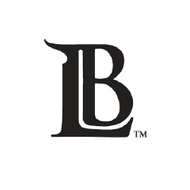Instructor’s Guide to Concepts of Biology
(View Complete Item Description)This Instructor’s Guide contains the brief outlines of Chapters 12-21 as found in Concepts of Biology, though some underwent revision. Also, instructors will find detailed outlines of the text for use in lecturing, as well as structured outlines that may be used by students to take notes while reading the chapter or during lecture. All outlines are derived from the OpenStax text. Additionally, study guides that contain a variety of questions are provided for students.
Material Type: Lecture Notes, Student Guide, Teaching/Learning Strategy




















